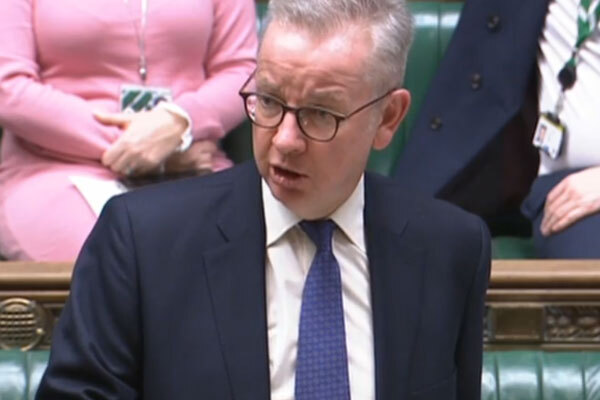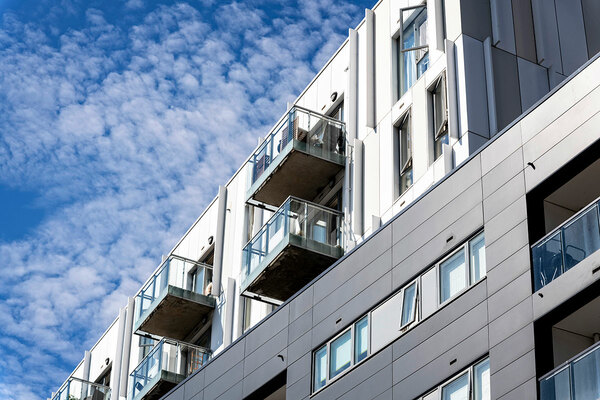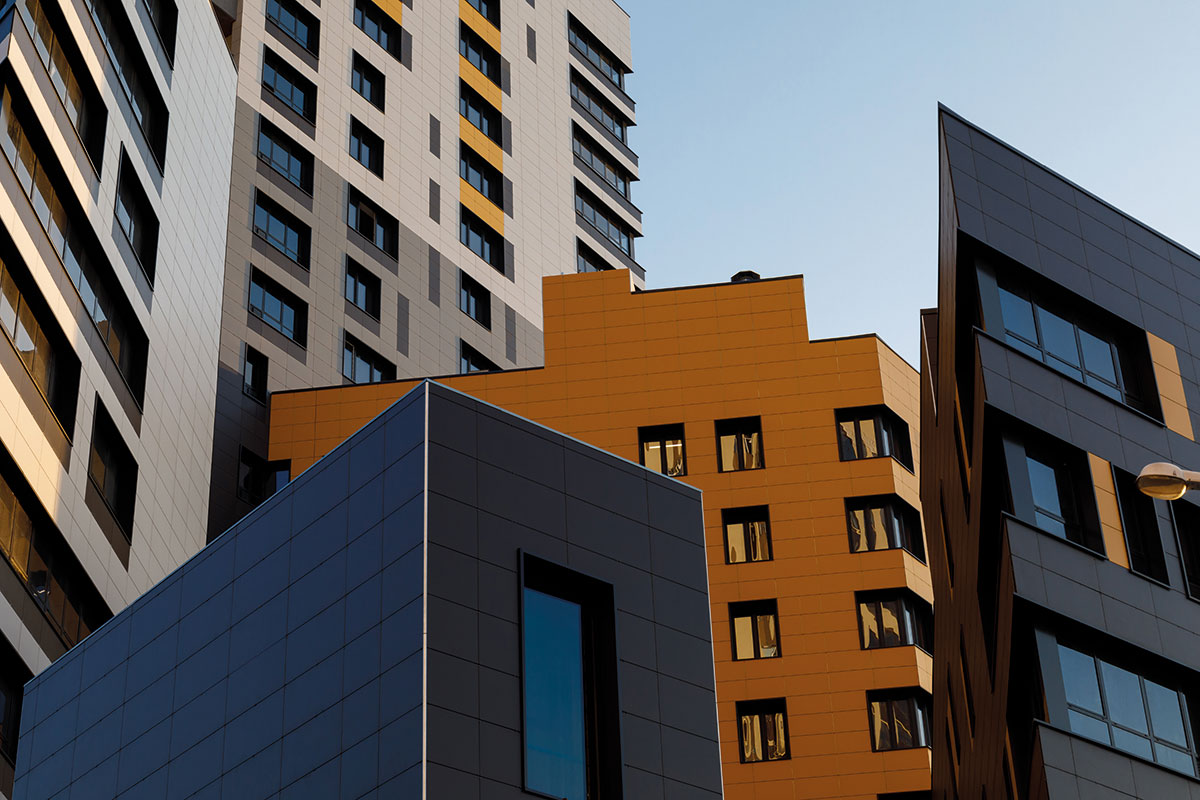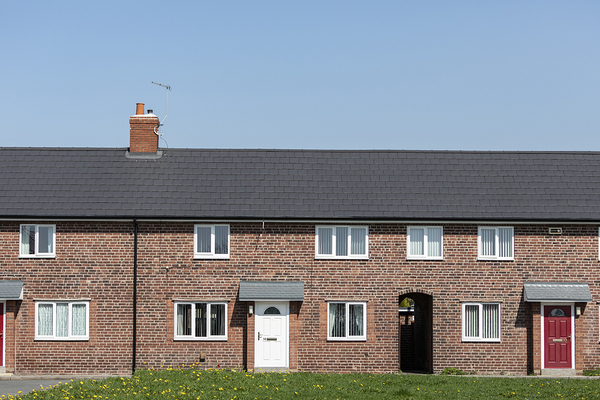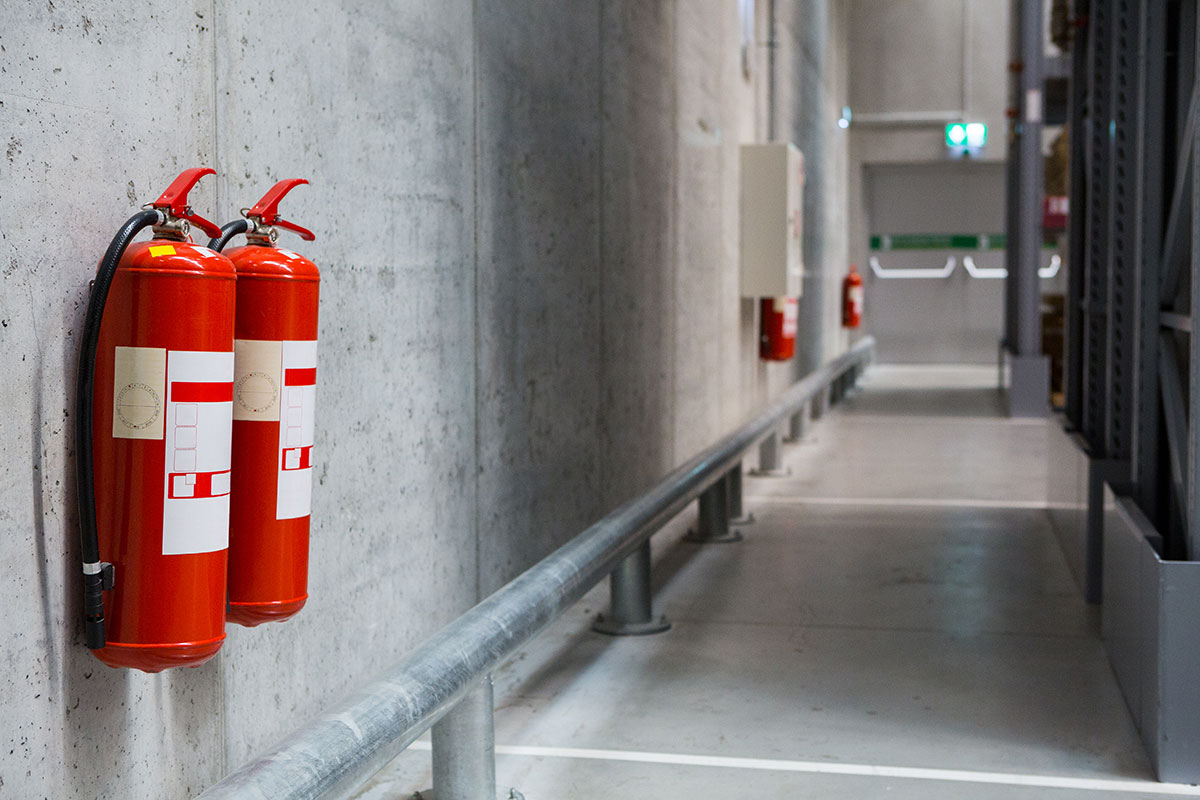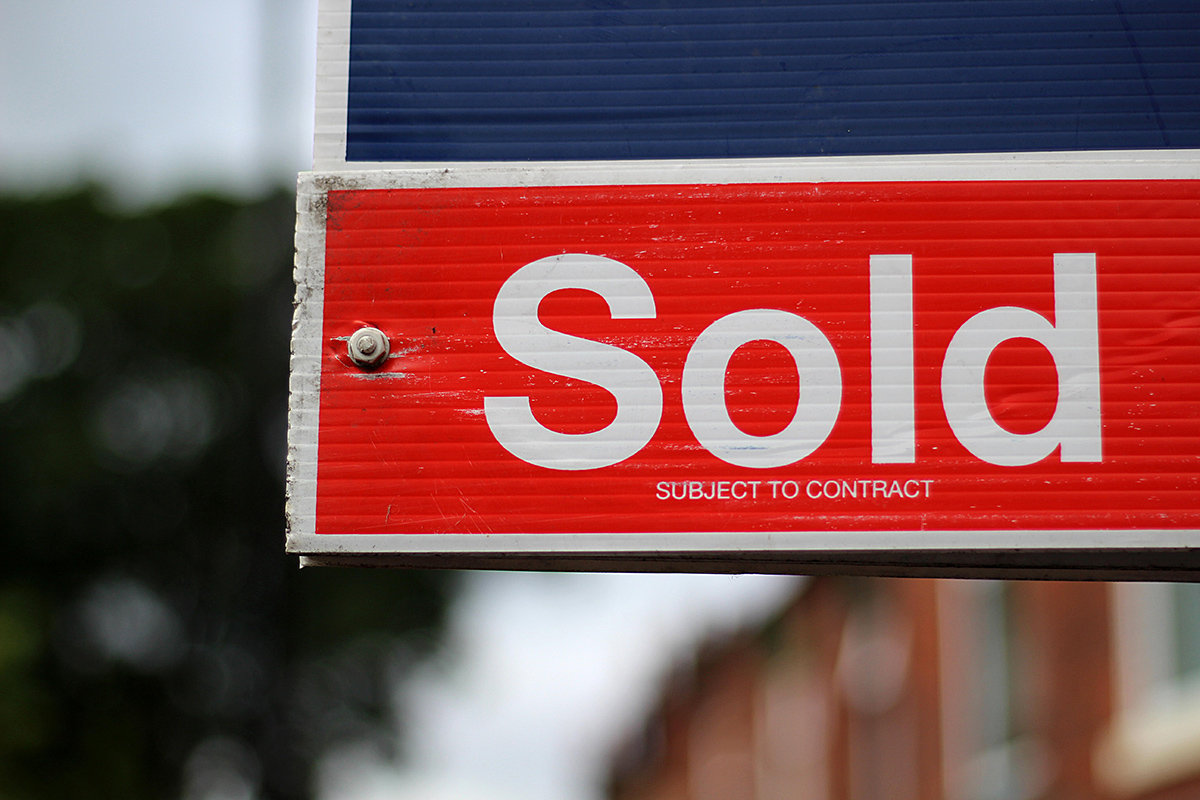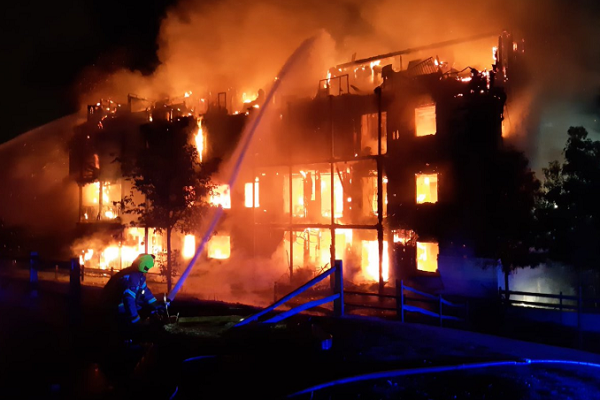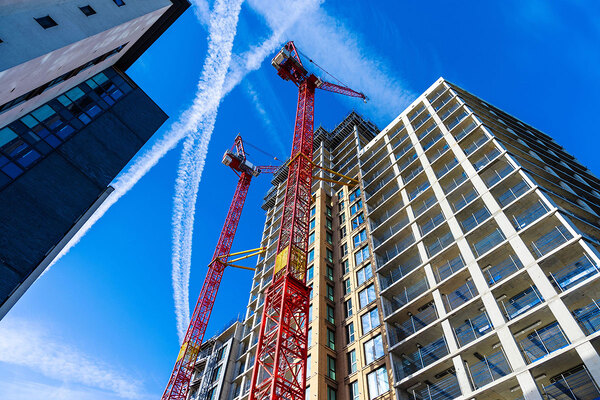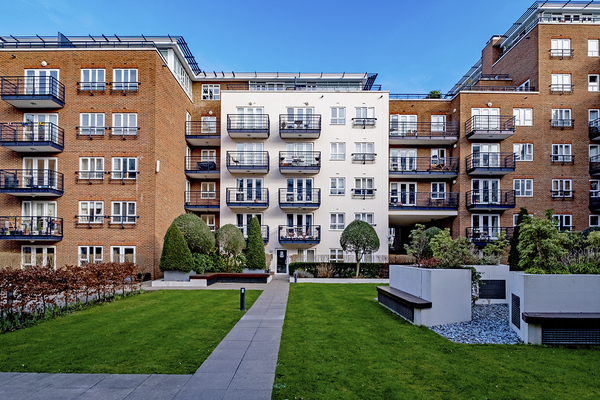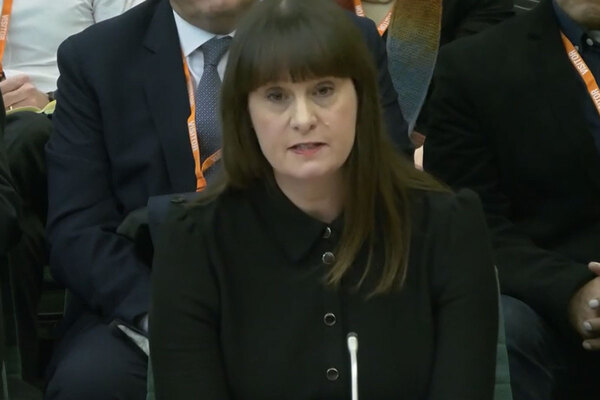You are viewing 1 of your 1 free articles
Government clarifies position on cladding support for non-owner-occupiers amid confusion
Leaseholders who have had to sub-let their flats due to the building safety crisis will be given protection under the government’s new proposals, the government has confirmed.
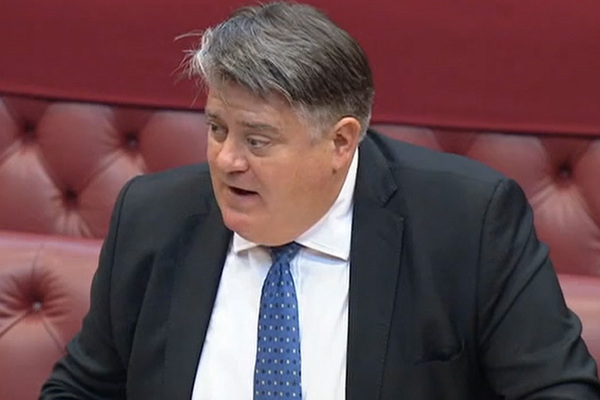
In a tweet sent out by building safety minister Lord Greenhalgh on Saturday morning, he said he wanted to put an end to the “nonsense” that those who sub-let are excluded from protections and confirmed that leaseholders who have moved out and sub-let their properties will benefit.
He added that this would also include shared owners who are sub-letting their homes.
The confirmation comes after several days of confusion around whether the government would guarantee support for leaseholders who do not live in their properties.
Oliver - I am happy to clarify the status of #leaseholders + put a stop to this nonsense that those who sublet are excluded from our commitment to protect #leaseholders from the #BuildingSafetyCrisis. pic.twitter.com/pKVFxNzP6K
— Stephen Greenhalgh #GetBoostedNow (@team_greenhalgh)Oliver - I am happy to clarify the status of #leaseholders + put a stop to this nonsense that those who sublet are excluded from our commitment to protect #leaseholders from the #BuildingSafetyCrisis. pic.twitter.com/pKVFxNzP6K
— Stephen Greenhalgh (@team_greenhalgh) January 15, 2022
Following housing secretary Michael Gove’s building safety announcement on Monday, the government sent out a press notice stating that the new proposals would mean “leaseholders living in their own flats” would not face any cladding costs in buildings taller than 11 metres. This caused leaseholders who did not live in their properties to raise questions on social media.
Inside Housing then revealed it was the government’s position that it would work with industry to ensure that leaseholders living in flats will receive support first and then explore whether support should extend to other leaseholders, such as landlords.
This led to uproar across social media, with many “accidental landlords” calling for greater clarity over whether they would be protected.
The building safety crisis has created a number of accidental landlords. These are leaseholders who have been forced to move out of their homes due to family or employment reasons and then rent somewhere else while sub-letting their flat to cover their housing costs. The reason they rent elsewhere is because their cladding-hit properties are unsellable.
When asked on Thursday by Inside Housing whether these leaseholders would be protected by the proposals, the Department for Levelling Up, Housing and Communities responded on late Friday afternoon that “this is sub-letting”.
However, Lord Greenhalgh has now clarified the government’s position and stated that those sub-letting would receive support.
In a letter to Martin Boyd, chair of Leasehold Knowledge Partnership, Lord Greenhalgh said that he sympathised with the plight of those leaseholders who have moved out to sub-let and did not intend to exclude them from support. He added that this also included shared owners.
As part of his building safety plans, Mr Gove stated that he would be taking steps to make it easier for shared owners to sub-let their properties.
On Wednesday, housing minister Christopher Pincher wrote to mortgage lenders urging them to provide permission for shared owners to sub-let properties. It also called for lenders to consider extending the period a shared owner could sub-let before their mortgage is converted to a buy-to-let mortgage.
A number of housing associations are already allowing shared owners to sub-let, but not all.
Finishing his letter, Lord Greenhalgh stated that further details on protections for leaseholders would be confirmed in due course.
Sign up for our fire safety newsletter
Already have an account? Click here to manage your newsletters
